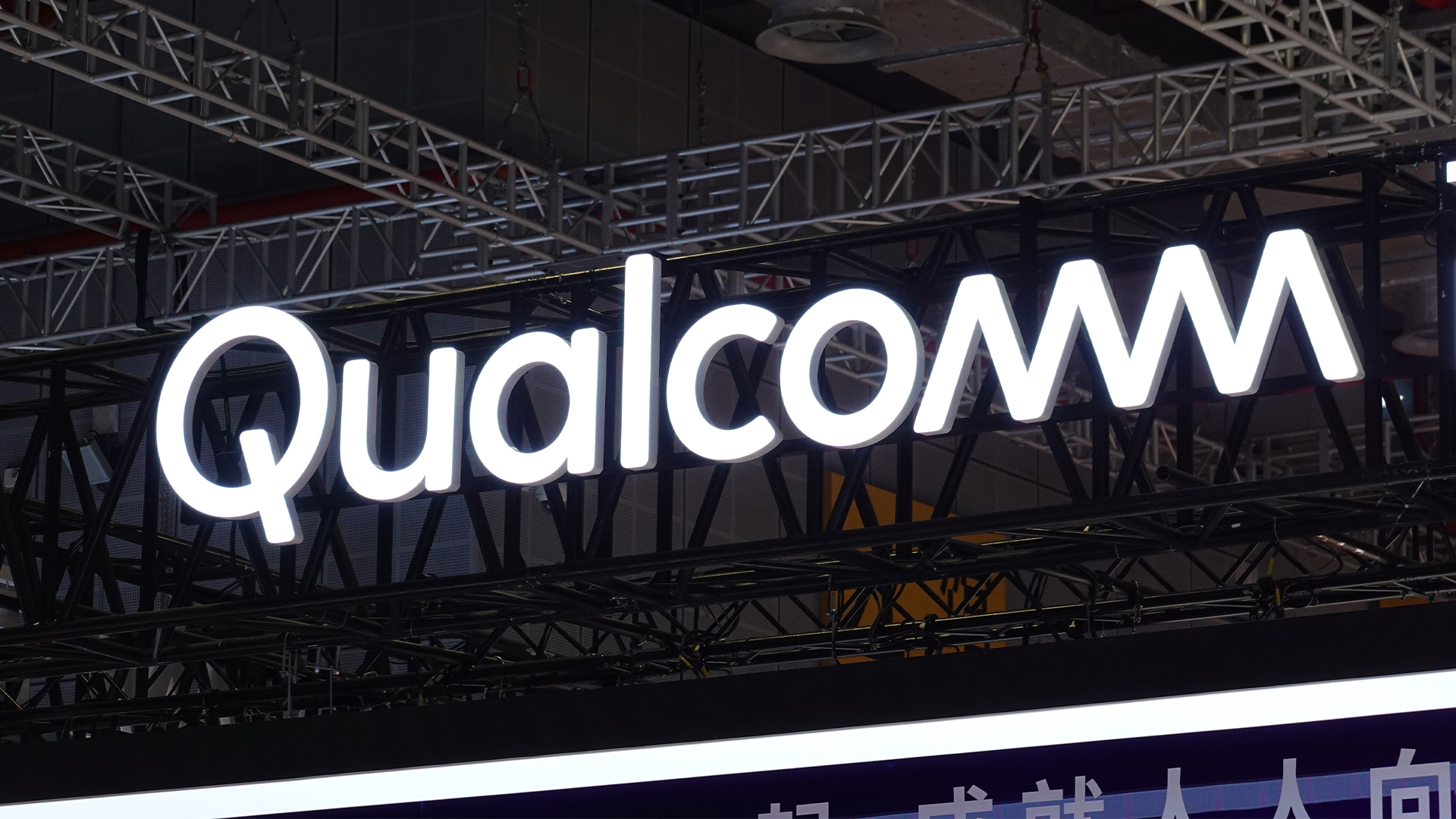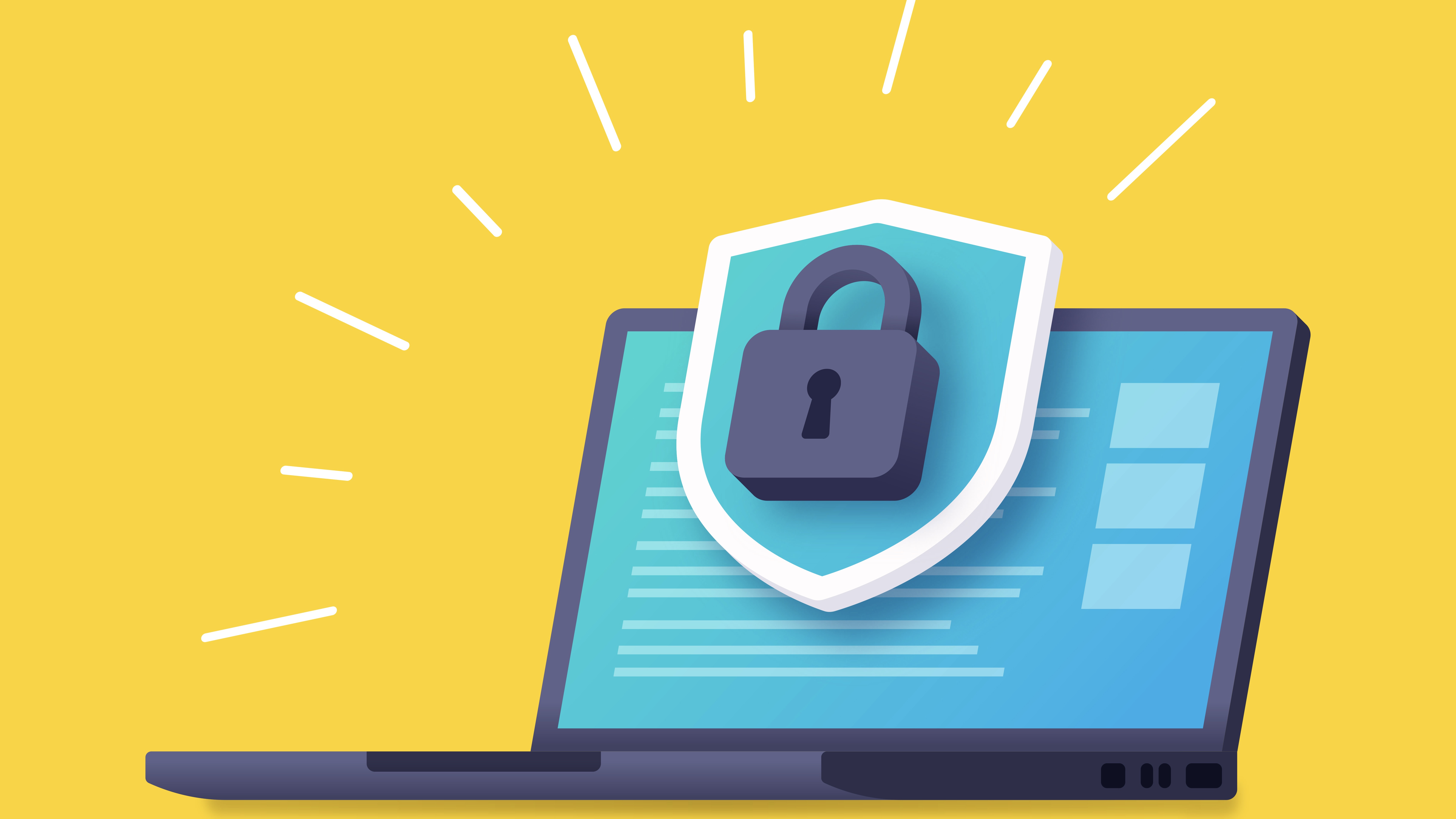Toshiba Libretto W100 review: First look
We take a look at Toshiba's dual screen Libretto W100 to see what all the fuss is about.

Any resemblance between the rumoured Microsoft Courier device and Toshiba's new twin-screen multi-touch tablet is entirely co-incidental, according to Toshiba, which claims that the Libretto W100 was developed independently.
This is the tablet that Toshiba hinted at back in the spring and it's certainly different from anything else on the market. The two 7in screens open like a normal notebook, Windows 7 starts up on the top screen like any other notebook and the second screen looks like a keyboard.
In fact it looks like six different keyboards. Tap an icon and it switches between a standard keyboard, one with larger keys, one with the full function key layout, a numeric keypad and two styles of split keyboard that let you hold the Libretto in both hands and type with your thumbs instead of sitting down at a table.
Haptic feedback and XT9 predictive text help make your typing more accurate and the choice of keyboards means you can switch to whichever one suits you best. There are also dedicated buttons for cut, copy, paste and other handy tools, although with a touch screen the virtual track pad seems a little pointless.
It's not as good as a physical keyboard, but we found it more accurate than the keyboards on many 7in netbooks.
Although you get all the touch features of Windows 7, like gestures to copy, paste, undo and open jump lists, you don't get one key feature. There's no pen with the W100 and we couldn't get handwriting to work - athough you can use your finger to draw diagrams in Office 2010 or finger painting in Paint. Toshiba says the screen size wouldn't suit handwriting and you'd have to keep a stylus in the leather case, but it's a shame not to get the option.
Sign up today and you will receive a free copy of our Future Focus 2025 report - the leading guidance on AI, cybersecurity and other IT challenges as per 700+ senior executives
Mary is a freelance business technology journalist who has written for the likes of ITPro, CIO, ZDNet, TechRepublic, The New Stack, The Register, and many other online titles, as well as national publications like the Guardian and Financial Times. She has also held editor positions at AOL’s online technology channel, PC Plus, IT Expert, and Program Now. In her career spanning more than three decades, the Oxford University-educated journalist has seen and covered the development of the technology industry through many of its most significant stages.
Mary has experience in almost all areas of technology but specialises in all things Microsoft and has written two books on Windows 8. She also has extensive expertise in consumer hardware and cloud services - mobile phones to mainframes. Aside from reporting on the latest technology news and trends, and developing whitepapers for a range of industry clients, Mary also writes short technology mysteries and publishes them through Amazon.


